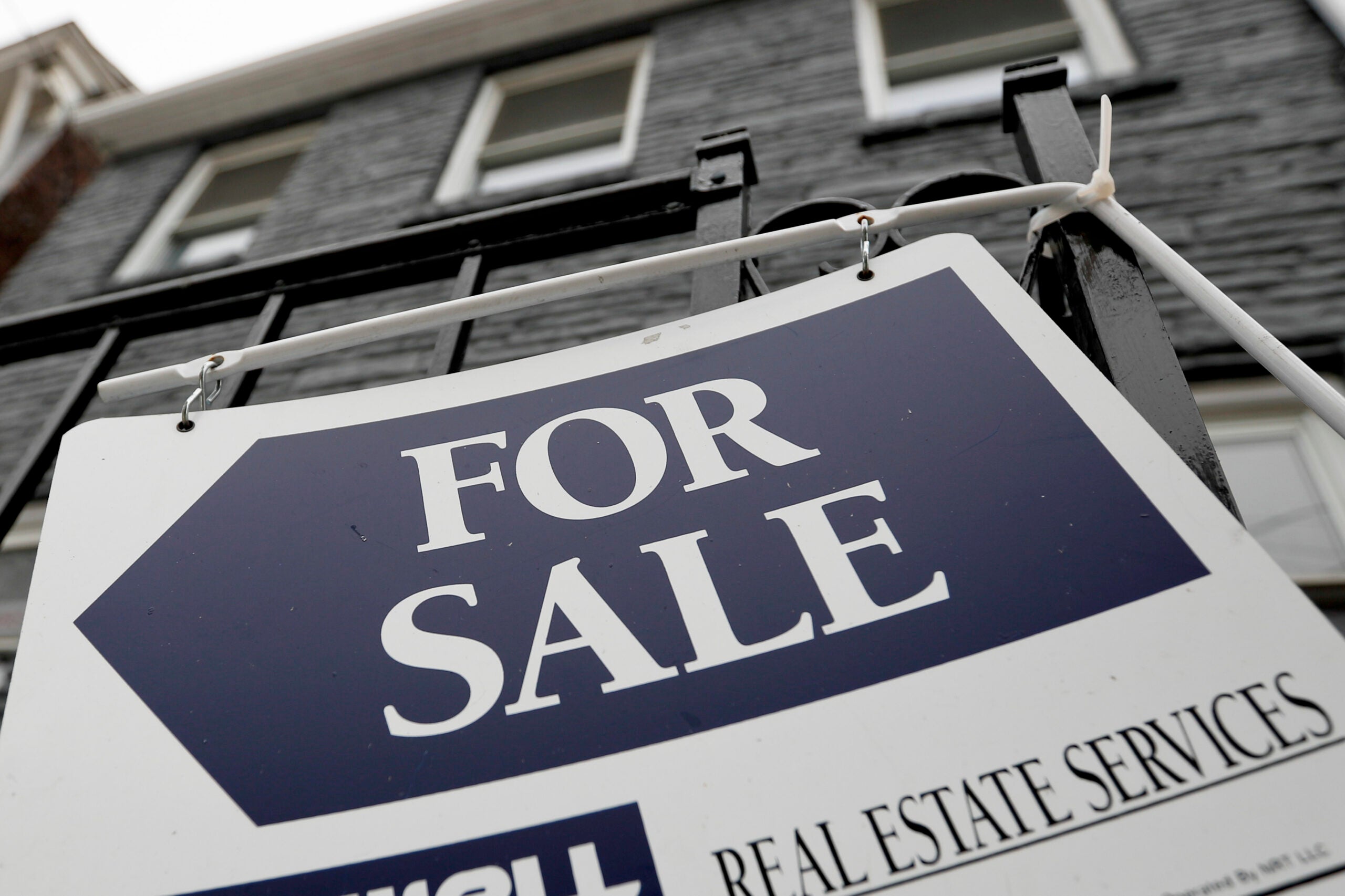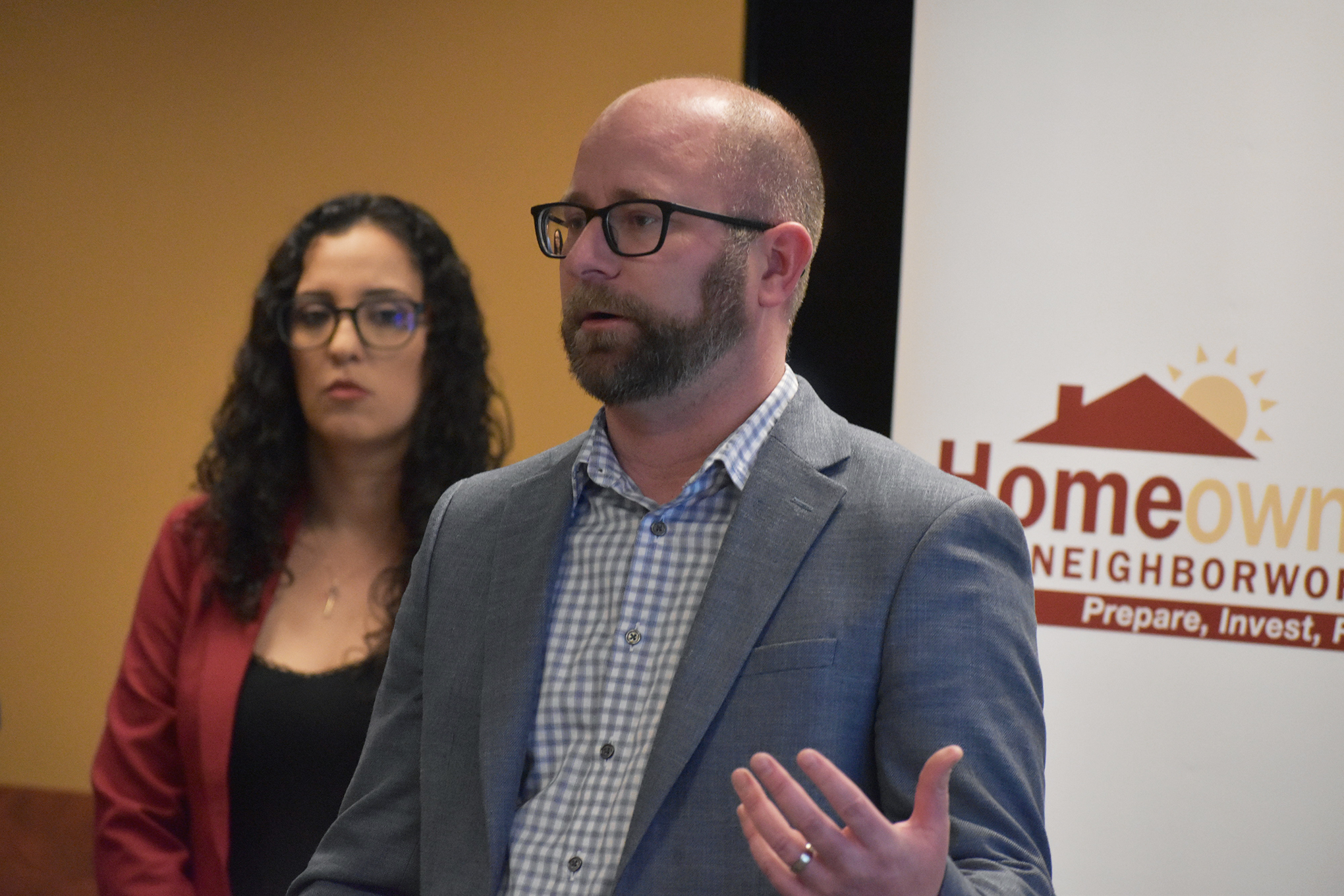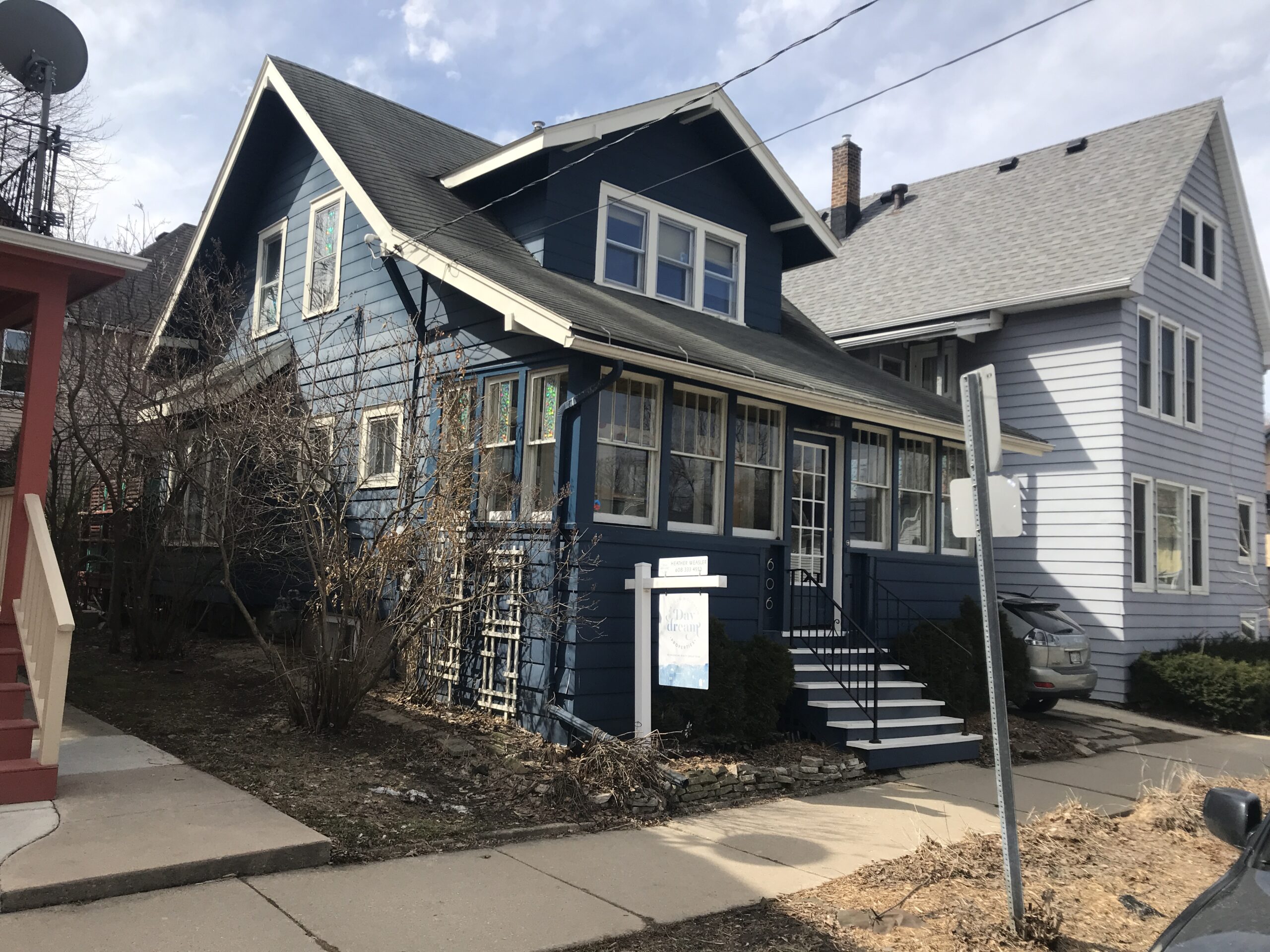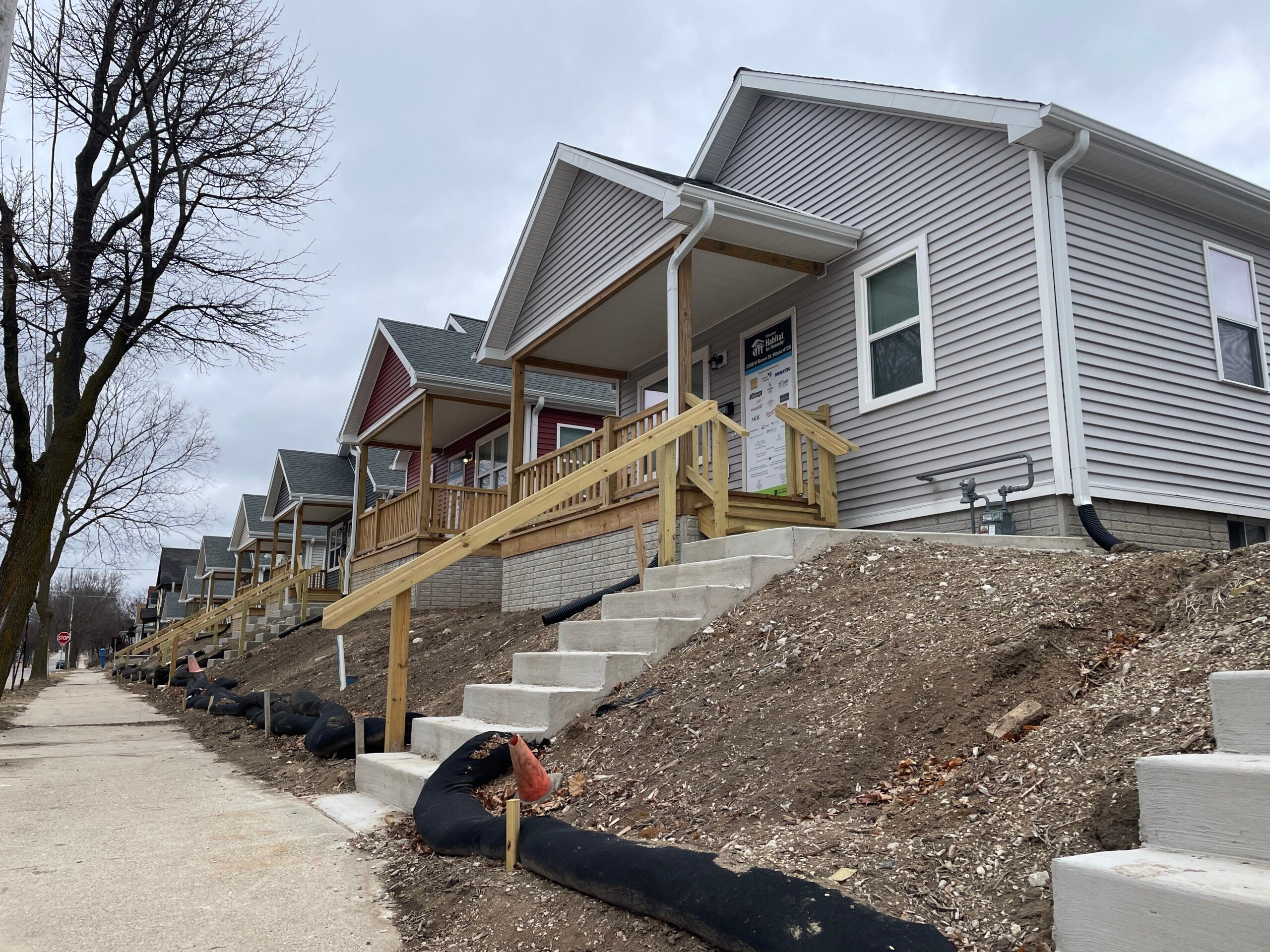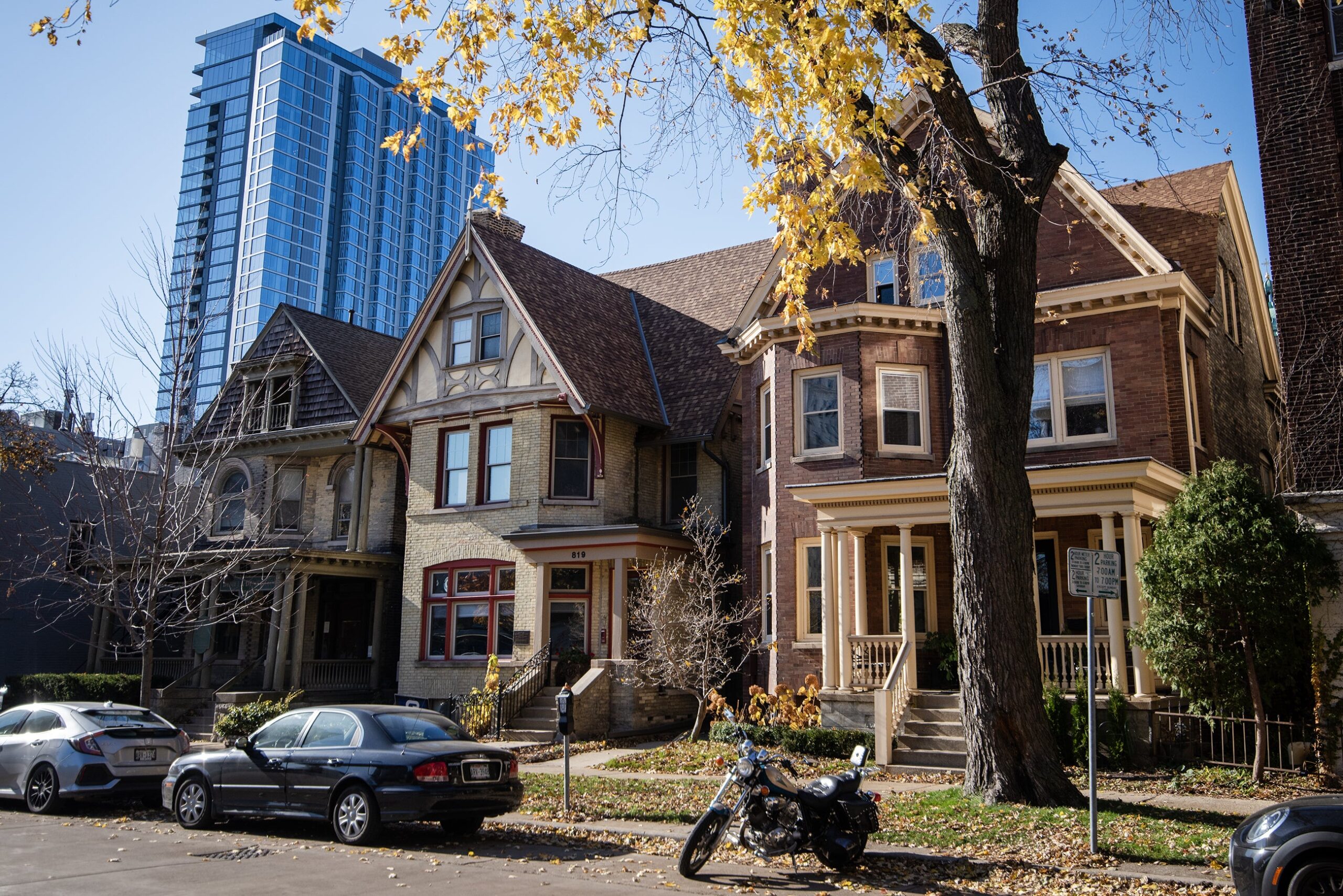Lobbyists for the real estate industry and a conservative law firm want lawmakers to remove hurdles for developers as Wisconsin faces a shortage of affordable housing.
The Wisconsin Realtors Association and Wisconsin Institute for Law and Liberty, or WILL, argue restrictive zoning codes and an “unpredictable” approval process at the local level is adding costs and delays for developers that contributes to higher home prices. They called for changes to zoning codes that would allow projects to receive approval without special review by local governments as long as they comply with zoning standards. The process is often referred to as “by-right zoning” or development by right.
Tom Larson, executive vice president of the Wisconsin Realtors Association, told lawmakers in a joint meeting of the Legislature’s housing committees Tuesday that local governments lack objective standards. Even if developers meet local requirements, he said there’s no guarantee that housing projects will receive a permit or necessary authorizations to move forward.
News with a little more humanity
WPR’s “Wisconsin Today” newsletter keeps you connected to the state you love without feeling overwhelmed. No paywall. No agenda. No corporate filter.
“It is easier to get a permit from the (Department of Natural Resources) than it is to get a permit from a local unit of government to develop housing, and that uncertainty and unpredictability adds costs. It adds delays,” Larson said.
Kyle Koenen, policy director for WILL, said the nonprofit law firm surveyed home builders as part of a recent report and found the average development takes 14 months to begin construction. He urged lawmakers to examine ways to provide certainty to developers as they seek to build homes, including by-right zoning.
“Where you can’t have angry neighbors coming in and stopping developments,” Koenen said. “Because the people who don’t have a voice are the people who want to buy homes and don’t live in that community yet. Someone has to stick up for them.”
The conservative law firm and Republican lawmakers like Rep. Rob Brooks, R-Saukville, argue developments are being hindered by residents with a not-in-my-backyard, or NIMBY, mindset. One example cited by WILL included a proposal to build a 25-story tower with around 350 units in Wauwatosa. The Milwaukee Journal Sentinel recently reported the developer has dropped those plans amid delays tied to neighborhood opposition.
“The (League of Wisconsin Municipalities) and the towns and the counties have a NIMBY problem,” Brooks, co-chair of the Assembly housing committee, said. “And developers, except for in Madison and a few communities, don’t have development by right.”
Koenen said they’re pushing for more transparency and less regulation from local governments, claiming regulation adds about $88,500 to the cost of newly built homes in the Midwest. The group contends land use restrictions along with minimum lot sizes and parking requirements are barriers to housing developments. He said zoning codes should allow denser single-family housing developments and more types of housing like duplexes and townhomes.
Curt Witynski, former chief lobbyist for the League of Wisconsin Municipalities, told lawmakers he’s doubtful that mandating changes to zoning for all communities would fix the state’s housing crisis.
“Our association, as you know, always supports carrots, incentives, encouragement to communities to go down a certain road instead of mandates,” Witynski said. “I just caution that…even if you do pass some mandates, it might not result in the great increase in housing that you’re looking for — that we’re all looking for.”
The League partnered with several groups to release a guide for municipalities that includes zoning changes that may help support affordable housing developments. It recommends allowing multi-unit housing or apartments in single-family zoning districts that historically included multi-family housing. Other recommendations would allow narrower lots, reduce setbacks and decrease or eliminate minimum parking requirements. Witynski said they recommended step-by-step changes for local governments, noting it’s too costly and time-consuming for communities to completely rewrite zoning codes.
The state needs to build at least 140,000 housing units by the end of the decade to address demand for homes and even more to increase Wisconsin’s pool of young workers, according to one recent report. Federal census data shows the state saw slight growth in the number of people between the ages of 25 to 44 in the last decade. Even so, homeownership rates among 25- to 35-year-old residents declined faster than most neighboring states, according to an analysis by Kurt Paulsen, an urban planning professor at the University of Wisconsin-Madison.
“Millennials want to own homes, just like us Gen X and the baby boomers. It’s just that they’ve faced multiple challenges,” Paulsen said.
As the state has added jobs, Paulsen said Wisconsin is developing housing units at a slower rate. That’s driven down supply and increased home prices. Since 2019, Paulsen said the median home price has gone up about 30 percent or more in the state’s largest counties since the onset of the COVID-19 pandemic. Data from the Wisconsin Realtors Association shows the median home price statewide has gone up nearly 43 percent since January 2019.
COVID-related supply chain challenges have driven up construction costs and interest rates continue to climb. Paulsen said the result is that middle income families can’t afford a modest home.
The decline in affordability has hit lower income and marginalized groups the hardest. Wisconsin has the sixth-worst homeownership rates in the nation among Black residents, according to the National Association of Realtors.
Wisconsin Public Radio, © Copyright 2026, Board of Regents of the University of Wisconsin System and Wisconsin Educational Communications Board.
